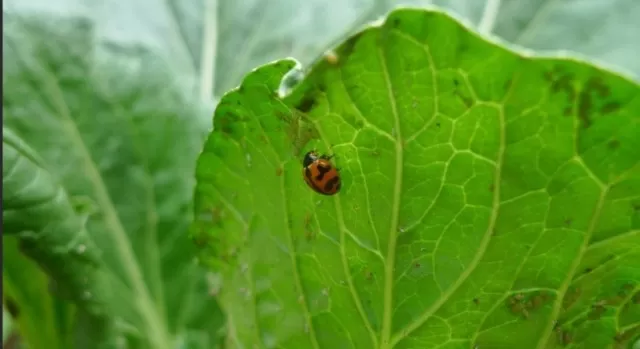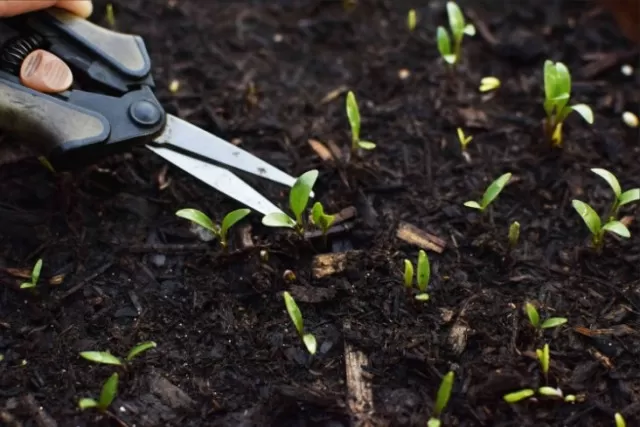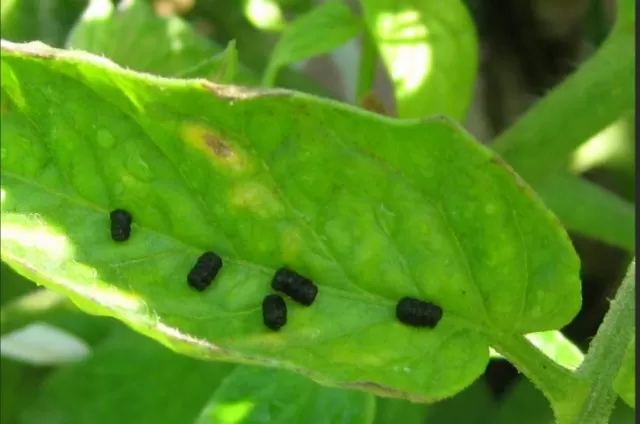Garden Infested: Dealing with Pest Problems. In the intricate tapestry of your garden, elusive gremlins often leave behind cryptic clues of their presence. As caretaker of this verdant realm, it’s essential to decipher these hints and wield your knowledge against their mischief.
Arm yourself with these professional tips to identify, confront, and ultimately banish these garden interlopersBy honing your gremlin detective skills and applying these expert strategies, you wield the power to safeguard your garden’s splendor. Decode the clues, master the tactics, and restore harmony to your green haven, banishing those sneaky pests to the shadows from which they emerged.
Troublesome Pests: Navigating the Realm of Garden Intruders

From insatiable rodents to damaging bugs, the challenge of pest infestations remains an almost unavoidable aspect of cultivating a garden.
Allowing these adversaries to thrive without intervention results in the consumption of leaves, the spoilage of maturing produce, and the disruption of vital root networks. The key lies in addressing pest issues at their earliest stages, preventing them from escalating into overwhelming predicaments—an endeavor that demands careful interpretation.
Explore the indicators that signal the intrusion of these nefarious characters into your garden sanctuary, and heed the valuable guidance provided to efficiently eliminate them without delay.
Widespread Pathways Across Your Flower Beds: Unraveling the Vole Mystery
The presence of two-inch-wide tracks visible near or on the soil’s surface serves as a telltale sign that your garden is under siege from voles.
These creatures, distinct from moles that create subterranean tunnels, share a resemblance to plump, short-tailed mice, boasting a dense coat of brownish-gray fur. Unlike moles, voles remain primarily above ground, using tunnels solely to access the root systems of trees and shrubs for nourishment. As these voles persistently gnaw on roots, you might observe trees beginning to tilt as their foundations are compromised.
Interestingly, a potential accomplice to vole intrusion is the inappropriate application of mulch, forming a thick layer that extends too close to the plants.
This inadvertently creates an easier avenue for voles to access roots, as mulch is less dense than soil and allows them to tunnel with greater ease. This oversight can exacerbate the infestation.
To address this situation humanely, employing live traps or utilizing spray and granular repellents at the entrances of their burrows and trails can effectively encourage voles to vacate.
Alternatively, resorting to mousetraps and pesticides is viable, but it’s essential to exercise caution if you share your yard and garden with pets. Taking the necessary precautions ensures that both your garden and furry companions remain safe from harm’s way.
Seedlings of Vegetables Severed at Ground Level: Unmasking the Culprits

You carefully plant your prized tomato seedlings, eagerly anticipating their growth, only to discover their devastating destruction soon after! This unfortunate turn of events can be attributed to the cunning activities of cutworm caterpillars, concealed within the uppermost two inches of soil.
These caterpillars execute their predatory strategy by targeting the delicate outer stem tissue of young seedlings. Among their preferred victims are an array of beloved vegetables, including tomatoes, kale, broccoli, and cabbage.
These cutworm caterpillars, reaching lengths of up to two inches, exhibit a diverse range of colors, spanning green, brown, grey, or yellow hues.
When disturbed, they instinctively coil into a distinctive “C” shape, a defensive posture they adopt.
To shield your nascent seedlings from this threat, consider employing ingenious defense tactics.
One option involves fashioning protective collars from repurposed toilet paper tubes or aluminum foil. These collars are inserted half an inch into the soil at the base of the seedlings, forming an effective barrier against the incursions of cutworms.
Another approach entails strategically embedding small bowls filled with corn meal or wheat bran into the soil near the vulnerable plants. The cutworms, drawn to this alluring bait, consume it voraciously; however, their digestive systems are ill-equipped to handle these granules, ultimately leading to their demise.
By implementing these innovative measures, you can thwart the cutworms’ destructive tendencies and ensure that your fledgling plants thrive in a protected environment.
Traces of Mucus at the Scene of the Crime: Unveiling the Nocturnal Activities of Snails and Slugs
In a spectrum of colors encompassing gray, black, orange, brown, tan, and even multi-hued variations, snails and slugs, while diverse in species, share a common modus operandi—they prefer to conduct their garden forays under the cover of darkness.
These elusive creatures seldom grace the daylight hours with their presence, reserving their activities for the night when they stealthily seek out their next meal. However, their secretive escapades often leave behind a telltale sign: a glistening trail of slime, marking their meandering pathways through the garden.
Feasting primarily on hostas and tender young seedlings, these gastropods are relentless in their pursuit of sustenance.
Mitigating their impact requires a combination of vigilance and strategic tactics. Removing snails and slugs by hand is a straightforward approach, allowing you to manually reduce their numbers.
Furthermore, understanding their preference for damp, shadowy environments can guide your defense strategy. Restricting garden watering to the morning hours ensures that foliage has ample time to dry before nightfall, effectively deterring these creatures from their chosen feeding grounds.
Interestingly, these slimy intruders hold an unexpected penchant for beer.
By strategically positioning shallow bowls of beer around your garden, you can create an irresistible trap. The snails and slugs are drawn to the beer, entering the bowls and meeting their demise.
It’s important to note, however, that the alcohol content in the beer evaporates overnight, diminishing its toxicity, so remember to empty and replenish the bowls regularly.
By acquainting yourself with these tactics and employing them judiciously, you can safeguard your garden from the underhanded activities of snails and slugs, maintaining the health and beauty of your cherished plants.
Foliage of Vegetables Adorned with Enigmatic Black Droplets: Unmasking the Culprits

An intriguing phenomenon unfolds as the nightshade family plants—encompassing tomatoes, peppers, potatoes, and eggplants—serve as the feasting grounds for voracious tomato and tobacco hornworms.
These caterpillars, as they indulge in their nocturnal repasts near the upper foliage, inadvertently leave a telltale sign of their presence: small, dark pellets resembling excrement. A closer inspection unveils the well-camouflaged culprits themselves, their lime green hue seamlessly blending with the plant’s leaves.
Yet, their seemingly hidden identity belies their distinctive features.
Characterized by plump bodies adorned with white V-shaped markings along their sides, these caterpillars possess a unique soft horn at their rear end, contributing to their unmistakable appearance.
These traits make it possible for keen observers to distinguish them from their surroundings.
As stewards of your garden, it’s imperative to maintain a watchful eye on your plants, conducting frequent inspections to uncover these sneaky interlopers.
Employing the method of handpicking offers an effective means of control, as you meticulously remove the hornworms upon encountering them. However, exercise caution not to disturbthose hornworms that exhibit rice-like white protrusions along their bodies.
These peculiar growths are, in fact, the cocoons of beneficial parasitic wasps. These wasps act as nature’s guardians, skillfully harnessing the hornworms to control pest populations.
Importantly, they do so without posing any threat to humans or pets.
By aligning yourself with the rhythm of your garden and recognizing the intricacies of its inhabitants, you can actively safeguard your plants from the depredations of hornworms while fostering a harmonious balance between the natural world and your cultivated space.
*The information is for reference only.